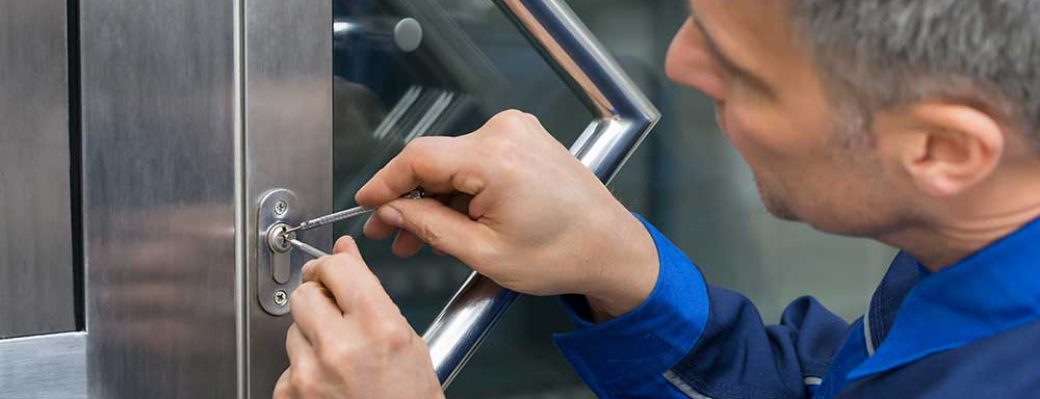Kitchen hood cleaning is important because it protects the kitchen from fire hazards. If the hood is not cleaned regularly, flammable residues can build up inside, creating a hazardous working environment. Also, dirty hoods may damage certain parts of the hood. This may result in an insurance claim.
Fortunately, there are effective ways to keep your restaurant kitchen clean. You can do this yourself or hire a professional service. Either way, you need to know how to do it right. To ensure that you get a good clean, you need to know how to remove grease and grime.
First, you need to know the basic parts of a hood. It is composed of five major parts: the plenum, the vent hood, the fan blades, the traps, and the filters. Each of these parts should be cleaned separately. The amount of time that it takes to clean a hood depends on the size of the facility and the number of hoods or fans that are present.
A standard hood cleaning job can take anywhere from three to four hours. This depends on the number of hoods or fans that need to be cleaned and the size of the kitchen. Most restaurants can get away with a quarterly maintenance schedule, but larger facilities that have more food being cooked may need a more frequent cleaning.
Once the hood is cleaned, you should make sure that you follow up with Hood Cleaning the proper inspection procedures. Cleaning a kitchen hood requires a thorough inspection of all of the parts that are part of the hood. Proper inspection is crucial because it helps to catch anomalies before they become problems.
Another crucial part of the cleaning process is the inspection of the hood’s vent hood. Dirty vent hoods can cause damage to certain parts of the hood. For example, a dirty trap may not be able to run through the dish pit. And because deposits are difficult to see from the outside, you need to ensure that your cleaning technician inspects the hidden corners and areas.
Hoods in restaurants are often equipped with fans. These fans must be detached and removed before the hood is cleaned. During the removal, a hood cleaning technician should wipe down the hood and the fan blades. They also need to rinse the hood with warm water and degrease the interior. Finally, the hood fans should be dried and reattached.
Having a clean hood is not only safe for your employees and customers, but it is also beneficial. Restaurants with clean hoods are much more efficient, and they can also reduce the risk of fires in the workplace.
Hood cleaners are trained professionals who use non-toxic methods to clean the interior surfaces of a kitchen. Using cleaning solutions and a soft-bristle brush, they scrub the hood and its interior.
They also wash and polish the hood’s exterior to enhance its appearance. The job requires a high level of physical strength and organization skills. Some jobs require a criminal background check and drug screening. Other responsibilities include writing reports, following company policies, and using a valid driver’s license.

